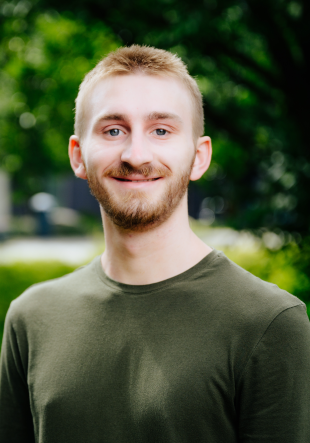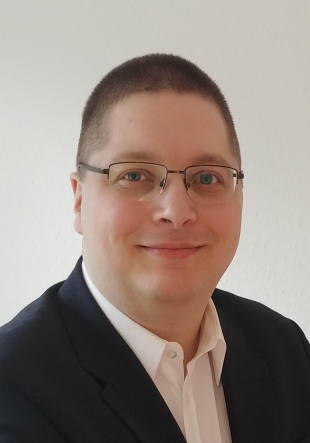In our latest publication from Timon Schapeler, we have collaborated with the Paderborn Center for Parallel Computing (PC2) to combine the two fields of experimental quantum optics and high-performance computing for the first time. We provided the experimental data on a large scale quantum detector, capable of detecting one million photons, to characterize it in a quantum mechanically consistent way. Due to the size of the detector (and thus the data set) conventional computer hardware and software are not capable of performing this task. To solve this, our collaborators from PC2, especially Dr. Robert Schade, used the supercomputer Noctua 2 located in Paderborn to build a scalable quantum detector tomography solver. This solver can reconstruct a matrix with one trillion elements, which takes up 33 TB of memory) in just over one hour.
The paper is freely available online: https://doi.org/10.1088/2058-9565/ad8511
The press release can be found here: https://www.uni-paderborn.de/nachricht/142737



